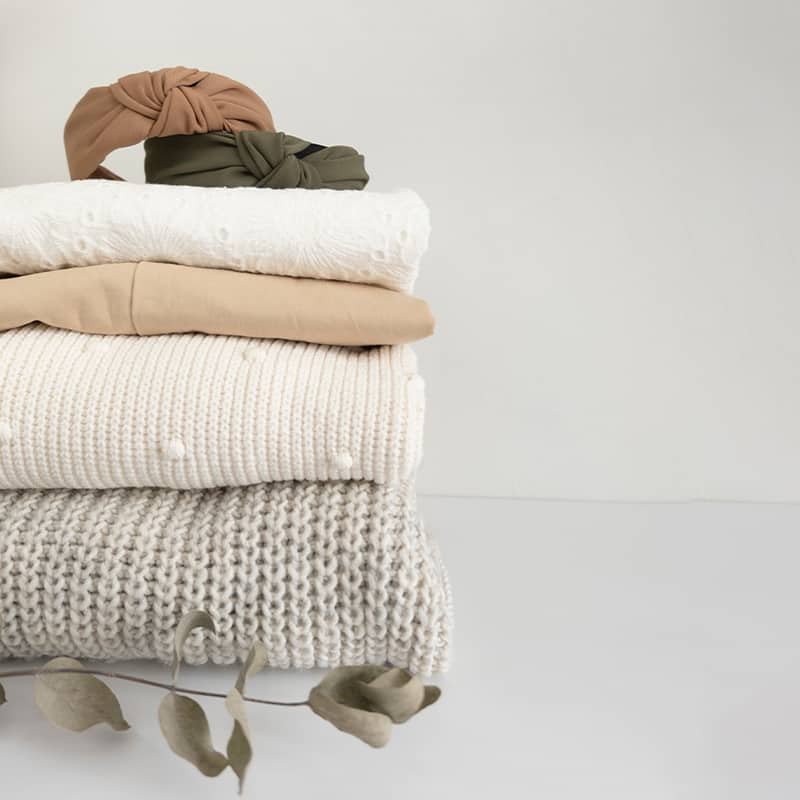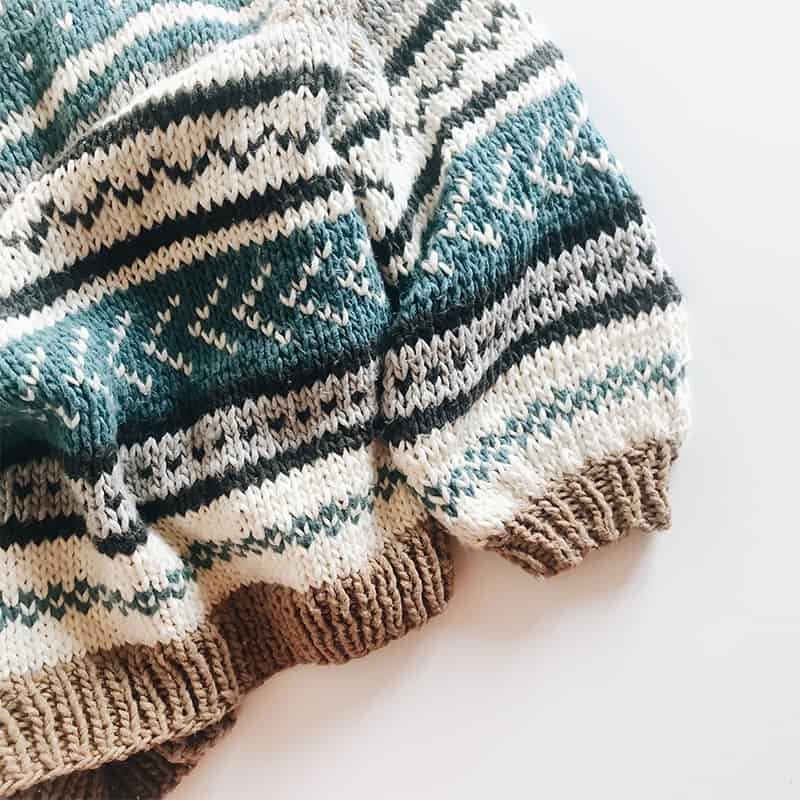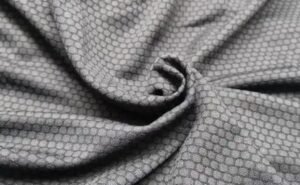
How many different types of sweaters are there?
There are many different types of sweaters that can be classified based on a variety of factors such as style, material, and fit. Here are ten common types of sweaters:
1. Pullover sweaters
These are the most common type of sweater, with a neck opening that is pulled over the head to put on. They can have a variety of necklines, such as round neck, V-neck, or turtleneck.
2. Cardigan sweaters
Cardigans are sweaters that open in the front and are held closed by buttons or a zipper. They can range from lightweight to heavy and can be worn open or closed.
3. Hooded sweaters
Hooded sweaters have a hood attached to the neckline, providing additional warmth and protection from the elements. They can be pullovers or cardigans.
4. Cable knit sweaters
Cable knit sweaters are characterized by their intricate knit patterns that resemble twisted cables. They are typically made of heavy, thick yarn and are popular in the colder months.

5. Oversized sweaters
Oversized sweaters are meant to fit loosely and are often worn for comfort and style. They can be either pullovers or cardigans and are often made of thick, cozy materials like wool or cashmere.
6. Turtleneck sweaters
Turtleneck sweaters have a high, close-fitting neck that folds over and covers the neck. They can be either pullovers or cardigans and are often made of thicker materials for warmth.
7. V-neck sweaters
V-neck sweaters have a V-shaped neckline that dips down in the front. They can be either pullovers or cardigans and are often made of lighter materials like cotton or linen.
8. Crew neck sweaters
Crew neck sweaters have a round neckline that sits at the base of the neck. They are often made of lighter materials like cotton or linen and can be either pullovers or cardigans.
9. Shawl collar sweaters
Shawl collar sweaters have a large, draped collar that is folded over the neck and shoulder. They are often made of thicker materials like wool or cashmere and are typically pullovers.
10. Vest sweaters
Vest sweaters are sleeveless sweaters that cover only the upper body. They can be either pullovers or cardigans and are often made of lighter materials like cotton or linen.
There are many other types of sweaters beyond these ten, and the classification of sweaters can vary based on personal preferences and fashion trends.

What materials are sweaters made from?
Sweaters can be made from a wide variety of materials, including natural fibers such as wool, cotton, and cashmere, as well as synthetic fibers such as acrylic, polyester, and nylon.
1. Wool
Wool is a popular choice for sweaters due to its warmth, durability, and moisture-wicking properties. It is a natural fiber obtained from the hair of sheep and other animals, and it can be spun into yarn to make various garments, including sweaters. Wool is a good insulator and can help to keep the body warm in cold weather. It is also a relatively breathable material, which means it can help regulate body temperature and prevent overheating.
2. Cotton
Cotton is another popular choice for sweaters, especially in warmer climates. It is a natural fiber obtained from the seeds of the cotton plant, and it is known for its softness, breathability, and absorbency. Cotton sweaters are lightweight and comfortable to wear, making them ideal for warmer weather. However, they may not be as warm as wool sweaters in cold weather.

3. Cashmere
Cashmere is a type of wool that is obtained from the undercoat of Cashmere goats. It is known for its softness, warmth, and durability, and it is often used to make high-quality sweaters. Cashmere is finer and softer than regular wool, and it is also more expensive due to the labor-intensive process of collecting the fibers.
4. Acrylic
Acrylic is a synthetic fiber that is made from a type of plastic called polyacrylonitrile. It is a popular choice for sweaters due to its softness, warmth, and durability. Acrylic is also resistant to wrinkling, shrinking, and fading, making it easy to care for. However, it may not be as breathable as natural fibers and may not feel as soft against the skin.
5. Polyester
Polyester is another synthetic fiber that is commonly used to make sweaters. It is known for its strength, durability, and wrinkle resistance, as well as its ability to retain its shape and color. Polyester sweaters are easy to care for and can be machine washed and dried. However, they may not be as breathable as natural fibers and may not feel as soft against the skin.
6. Nylon
Nylon is a synthetic fiber that is known for its strength, durability, and elasticity. It is often used in combination with other fibers to make sweaters, as it can help to improve the overall durability and stretchiness of the garment. Nylon is also resistant to wrinkling, shrinking, and fading, making it easy to care for. However, it may not be as breathable as natural fibers and may not feel as soft against the skin.
In addition to these materials, sweaters can also be made from blends of different fibers, such as wool and acrylic or cotton and polyester. These blends can provide a combination of the benefits of each fiber, such as the warmth and moisture-wicking properties of wool with the easy care and durability of acrylic.

Some tips to choose your sweater
There are several factors to consider when choosing a sweater:
- Fabric: Some common fabrics for sweaters include wool, cotton, and synthetic materials such as acrylic or polyester. Wool is a popular choice because it is warm and durable, but it can be expensive and may not be suitable for those with wool allergies. Cotton is a breathable and comfortable option, but it may not be as warm as wool. Synthetic materials can be budget-friendly and easy to care for, but they may not be as durable or comfortable as natural fibers.
- Fit: Sweaters should fit well without being too tight or too loose. A sweater that is too tight may be uncomfortable and restrict movement, while a sweater that is too loose may look sloppy. Consider the fit around the shoulders, arms, and waist when choosing a sweater.
- Style: There are many different styles of sweaters to choose from, including cardigans, pullovers, and sweatshirts. Consider the style that best fits your personal aesthetic and the occasion for which you will be wearing the sweater.
- Color and pattern: Sweaters are available in a wide range of colors and patterns, so you can choose one that fits your personal style. Neutral colors such as black, gray, and navy are versatile and can be paired with many different outfits, while brighter colors and patterns can add a pop of personality.
- Care instructions: Consider the care instructions for the sweater before purchasing it. Some sweaters may be dry clean only, while others can be machine washed and dried. Choose a sweater that fits your lifestyle and maintenance preferences.
- Price: Sweaters can range in price from budget-friendly options to high-end designer pieces. Determine your budget and look for a sweater that fits within it. Keep in mind that investing in a high-quality sweater may pay off in the long run because it will likely last longer and retain its shape better.
By considering these factors, you can find a sweater that fits your personal style, needs, and budget.







